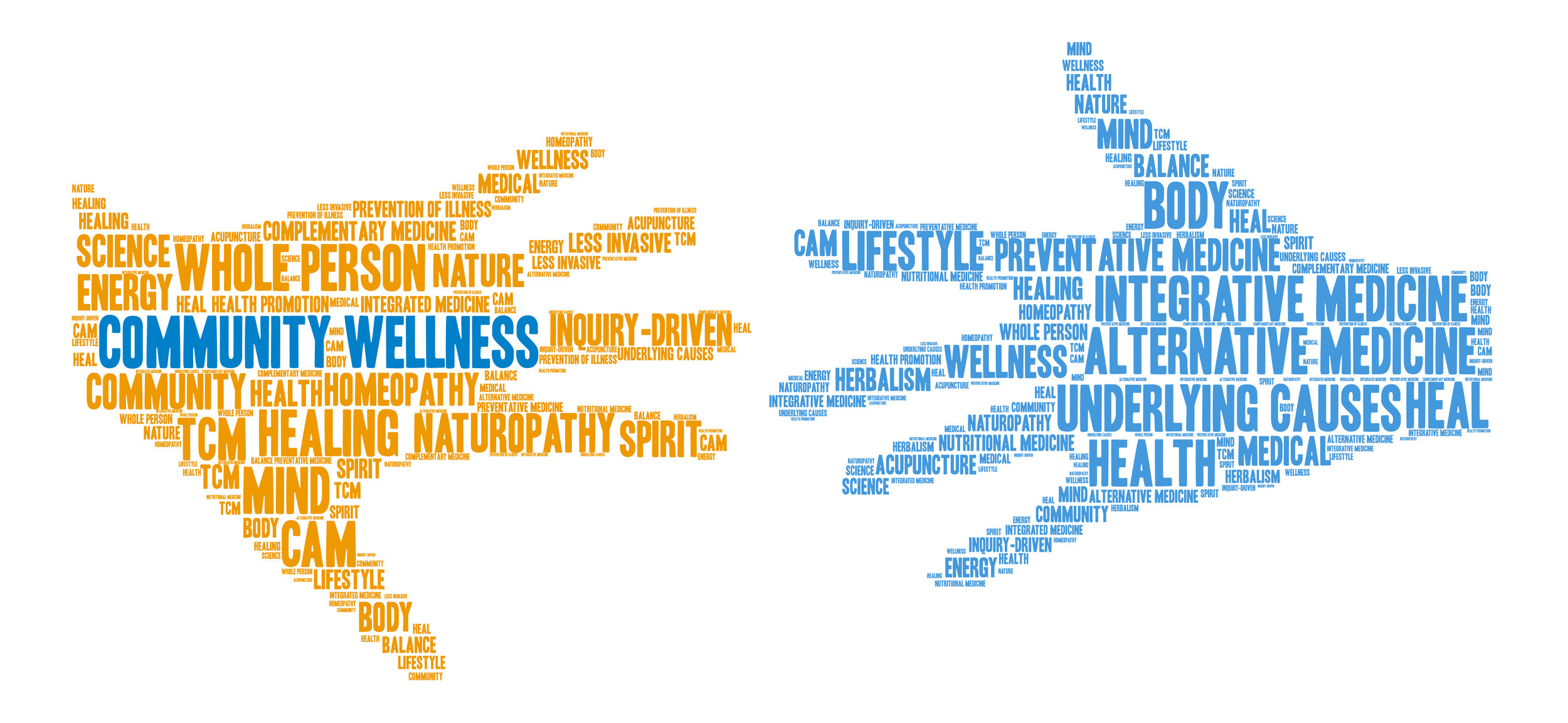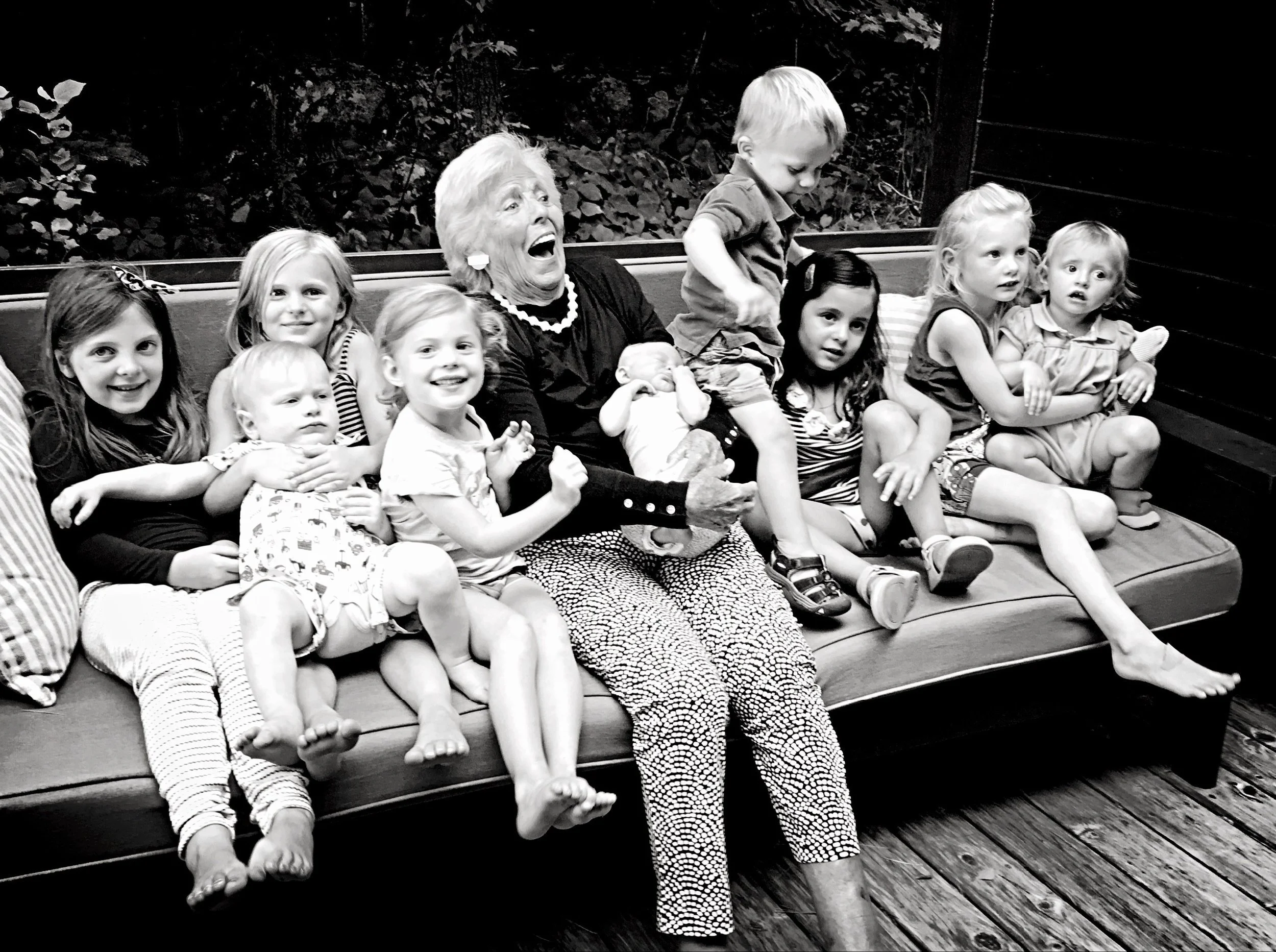Lofty Ambitions and a Focus on "Authentic Leaders." Inside the George Family Foundation
/arloo/shutterstock
How does a small foundation make an impact on big agendas? George Family Foundation co-founder and board chair Penny George has an answer. “We’re not trying to boil the ocean. We’re trying to be pretty focused about what we do.”
The topics are familiar (healthcare, well-being, environmental awareness) but the George Family Foundation has developed its own singular approach to grantmaking. For the Georges, it’s personal. They meet people, ask a lot of questions, identify leaders they want to invest in and stay the course. Their lean foundation, which last reported assets of around $64 million and has only a handful of staff, manages to do a lot with a little. The founders, board members and senior staff are all involved on the ground making and maintaining relationships with grantees. And while Penny and Bill George are people with mainstream credentials, they go out of their way to elevate new ideas and values.
The couple launched the foundation in 1994. Bill is the former CEO of Medtronics, noted B-school guru and author of True North: Discover Your Authentic Leadership. Penny parlayed a doctorate of psychology into a successful consulting practice working with senior executives. Their Minneapolis-based foundation describes its mission as supporting “wholeness in mind, body, spirit and community by developing authentic leaders and supporting transformative programs serving the common good.” The foundation sees achieving these ambitions as a matter of finding good amplifiers and building solid collaborations. After all, David only had a slingshot and a rock when he went up against Goliath—and you know the rest of the story.
Shifting the Focus to Well-Being
Pushing for big changes in healthcare is one way the Georges are pursuing their vision. Penny George was diagnosed with breast cancer in 1996. She got top-of-the-line doctoring, but realized that no one saw her as a full participant in her own healing. Out of this insight came the idea of “trying to make a difference in the way medicine is practiced.”
That sounds like a daunting proposition, given that annual healthcare spending in the U.S. tops $3.5 billion and the foundation makes less than $5 million in grants a year.
In their health-related grantmaking, the Georges don’t back the quest for medical marvels in the expected ways of deep-pocketed donors. Instead, the George Family Foundation supports integrative medicine, looking to shift America’s healthcare sector away from “a sole focus on disease to health and wellbeing,” Penny George says.
What is integrative health, exactly? Most definitions emphasize that traditional medicine treats the disease or illness, while integrative medicine addresses the factors that affect the whole person—physical, emotional, mental, social, spiritual and environmental. The foundation’s strategy is to find and support leaders and leadership organizations that are doing this work and expanding its acceptance by the medical establishment.
A key priority, says foundation president Gayle Ober, is “identifying strong, authentic leaders and getting behind them. That’s where we’ve had our greatest success.” George grantees include the Academic Consortium for Integrative Medicine and Health, which promulgates integrative medicine to some of the biggest names in medical education (e.g., Emory, Boston University, Johns Hopkins). George also supports the National Academy of Sciences for its Global Forum on Innovation in Health Professional Education.
These and similar grants exemplify the George Family Foundation model, which stresses partnering with effective “delivery systems” to create a multiplier effect. The Georges and Gayle Ober aim their mission-driven, relatively small grantmaking at people and organizations that can carry the message and the values to wider circles and audiences.
Penny and Bill George are centered, spiritually grounded people who meditate, who are not afraid to talk about human values and encourage those conversations. Peabody Award winner Krista Tippett was working at Minnesota Public Radio when she met the Georges and began to share ideas with them about contemporary society. The Georges liked her approach, and in 2013, began backing her as she stepped out on her own with On Being, a radio show and podcast that presents inquiries about deep meaning and the core of human existence.
The Georges and Tippett have worked together since then, and Tippett says their collaboration has grown along with her program (she’s now at 50 million downloads of her podcast). George grants have also helped to expand the vision behind On Being, and the initiative has spawned the Civil Conversations Project, “planting relationship and conversation around the subjects we fight about intensely—and those we’ve barely begun to discuss.”
Stepping up in Volatile Times
There’s no more intensely contested issue these days than reproductive rights and sexual justice. Penny and Bill George began making personal gifts to Planned Parenthood of Minnesota, North Dakota, South Dakota (PPMNS) many years ago, and in 2008, the George Family Foundation made a major multi-year pledge to support education and outreach. “Some foundations make it all transactional,” says PPMNS President and CEO Sarah Stoesz. “We want X, here’s the money, give us the metrics, deliver the product, done.”
“The Georges and Gayle Ober are not that way. They take time to have conversations about our values, our long-term intentions, our place in the community. They’ve done a wonderful thing for Planned Parenthood by standing with us in these volatile times.”
One of the PPMNS initiatives backed by the Georges is Native STAND, a peer education and leadership development program for Native American high school students that touches on STDs, HIV/AIDS, dating violence and other plagues in the teen population. Stoesz says the Georges understood and appreciated a human-centered, ask-first model for designing and delivering the program. “Penny, Bill and Gayle understand that we’re helping teens be their own sex educators, and at the same time, helping them become public citizens.”
“Doing it Together”
What are the metrics of this kind of grantmaking? Can you measure civil discourse? Or the impact of leaders? The George Family Foundation does it their way.
“We have made a very strategic decision not to invest in expensive research and evaluation,” says Gayle Ober. “We make about $4.7 million a year in grants. The truth is, you could spend easily half of that every year to try to figure out how effective your programs are, so we don't. We really rely on the work that our grantees are doing collectively, so they're doing it together.” Once the Georges find authentic leadership in a field they care about, they want to put their money to work—not to the business of counting and sorting.
And this idea, the collective impact of the grantees, is the spine of the George Foundation’s grantmaking, from public radio and podcasts to wilderness education in the Colorado’s Eagle Valley. One example is Walking Mountains Science Center, whose mission is “to awaken a sense of wonder and inspire environmental stewardship and sustainability through natural science education.”
Markian Feduschak, the organization’s president, knows that the connection to the Georges is much more than the accident of being neighbors (they have a house up the valley from the center). “They’re values-based people,” he says, “and they give me real feedback and insights. Their real interest in us makes us better.”
With George support (along with hundreds of other institutional and individual donors), Feduschak and the center have welcomed nearly 400,000 visitors to Colorado public lands, engaged more than 100,000 people in sustainability programs, and introduced some 70,000 students to place-based natural science education.
What’s it like to deal with the foundation when he can literally walk the land with Penny and Bill? “They’re a highly professional, well-organized grantmaker,” Feduschak reports, “consistent and clear, with well-defined objectives.” He wishes more foundations were as accessible and candid about their expectations.
The Experience of Grantees
This interface between donor and nonprofit is a theme echoed by many of the George Family Foundation grantees. Judy Blaseg, chief development officer for the YMCA Twin Cities, cites the George’s “transparency and level of trust” in her work with them to establish the George Wellbeing Center at the downtown Y.
“Penny, Bill and Gayle are very strategic philanthropists,” Blaseg notes, “with a short-term, mid-range and long-term vision for what they want to accomplish.” The Wellbeing Center is a year-old project offering non-traditional resources (meditation, acupuncture, massage, health coaching) to different audiences—not just Y members, but people “off the street” and others who might never experience these practices were it not for the setting at the brand-new YMCA.
Penny George said that the setting and the Y’s mission means that the center could explore “deeper dimensions of well-being undervalued in healthcare such as meaning and purpose, joy and generosity, and healthy relationship.” The Y seemed a natural partner because of its centuries-old tradition of “mind, body, spirit.”
What Nonprofits Need to Know
There are parameters for grantseekers wanting to approach the George Family Foundation. First, your location matters; it tends to support projects in Minnesota, with exceptions based on the geographic interests of the trustees. Second, and maybe most important, is to pay attention to the personal connection and not to the money. Penny George says, “We're not philanthropists by nature, we fell into this in some ways, and so what feeds me most are these deep relationships we have with these extraordinary people, that wouldn't be part of our lives any other way.”
Gayle Ober urges grantseekers to “read our website. We've been as transparent as we possibly can in publishing our strategies, and what we will fund and what we won't fund in each of our giving categories. We do that to help our grantseekers not waste their time. I spent half of my adult life writing grants, and there's nothing worse than writing a grant only to find out that A, no one will read it, or B, it's completely outside of their giving area.”
The YMCA’s Blaseg says, “Talk to them. They’ll help you determine if there’s a fit before you go through all the time and effort of a proposal process.”

































